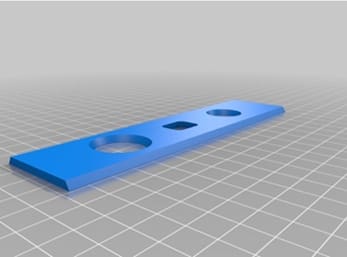MOODY AIR FORCE BASE, Ga. —
Cadres from the 820th Base Defense Group (BDG) evaluated approximately 37 Airmen during an Army Air Assault Assessment (AAA), January 28-31, here.
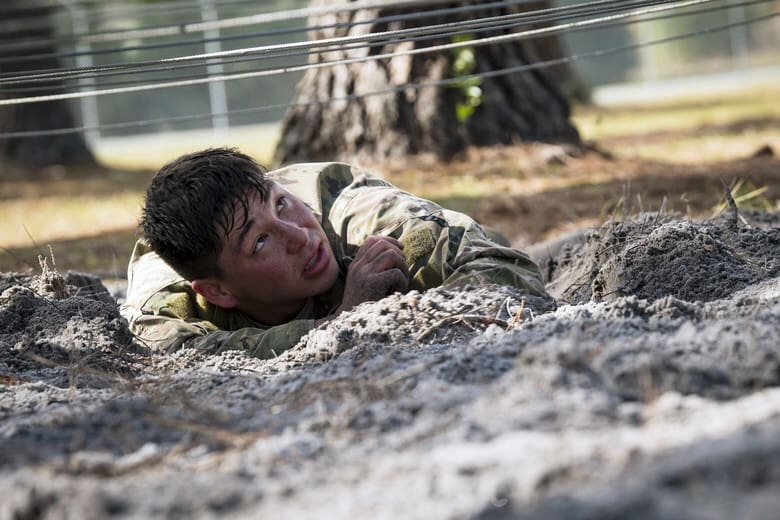
The assessment measured each Airmen’s readiness to determine who would be selected to attend the 10-day Army Air Assault School (AAS), at Fort Campbell, Ky. The BDG is one of the few units within the Air Force that sends their Airmen to AAS to enhance their personal readiness and also reinforce their unit’s lethal capabilities.
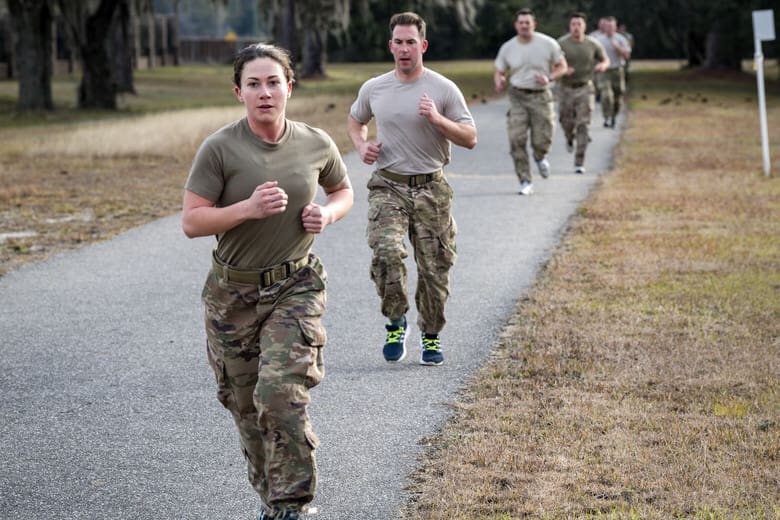
“Everything we learn at AAS is a part of our mission scope within the BDG,” said Staff Sgt. Nicholas Groomes, 822d Base Defense Squadron (BDS) training instructor and cadre team member “It’s rare to find an Army school that’s curriculum falls under our umbrella, so the more experience we can get for our Airmen the better off the BDG can be downrange.”
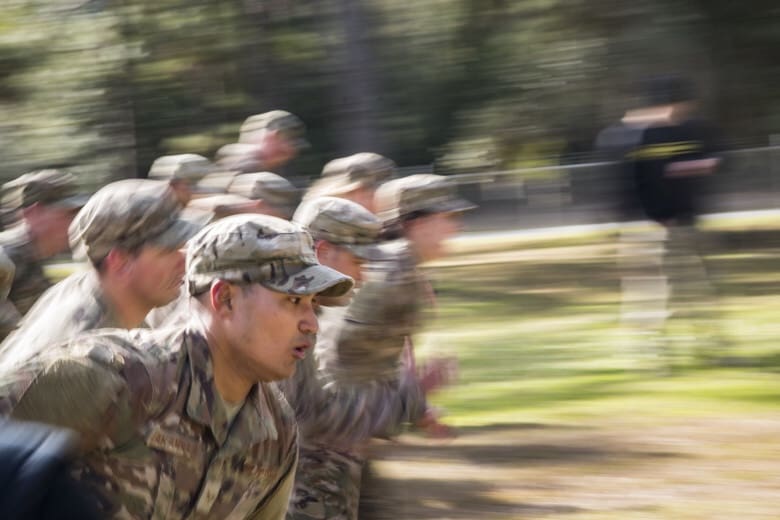
The AAA provided Airmen with an opportunity to challenge themselves personally and to self-assess their physical and mental readiness to perform in high-stress situations.
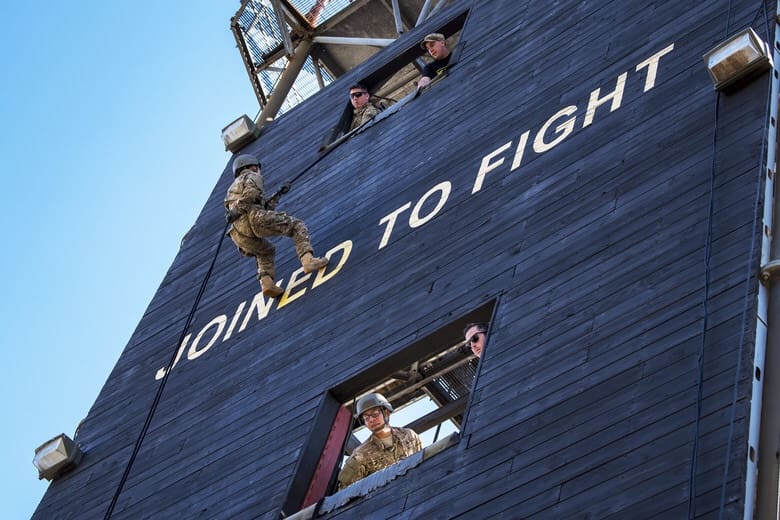
“The reason I wanted to go to AAS was to test myself and to prove that I could get through something so difficult,” said Senior Airman Jeffrey Lewis, 822d BDS fireteam leader. “You always hear of how superior the Army Air Assault School is and how physical it is. I saw this as a milestone to achieve and an opportunity to improve.”
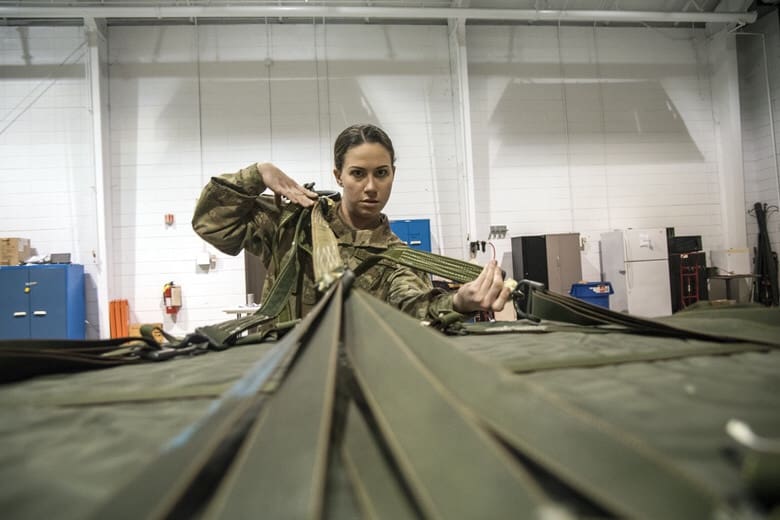
In order to be eligible to attend the school, Airmen have to complete a wide array of tests consisting of: rappel tower operations, ruck layout and sling load inspections, the Army physical fitness test, an obstacle course and finally a 12-mile ruck march.
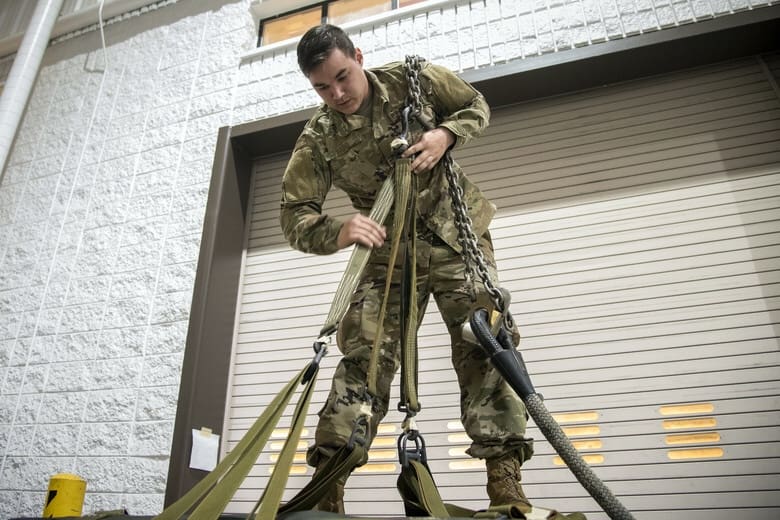
“There are very few opportunities for Airmen to go to AAS and the BDG is one of the only units that gives their Airmen the chance to attend, so I wanted to take advantage of that,” said Groomes. “It’s a great opportunity for Airmen to [assess] themselves and learn what things they need to improve, not only physically, but mentally to push through.”
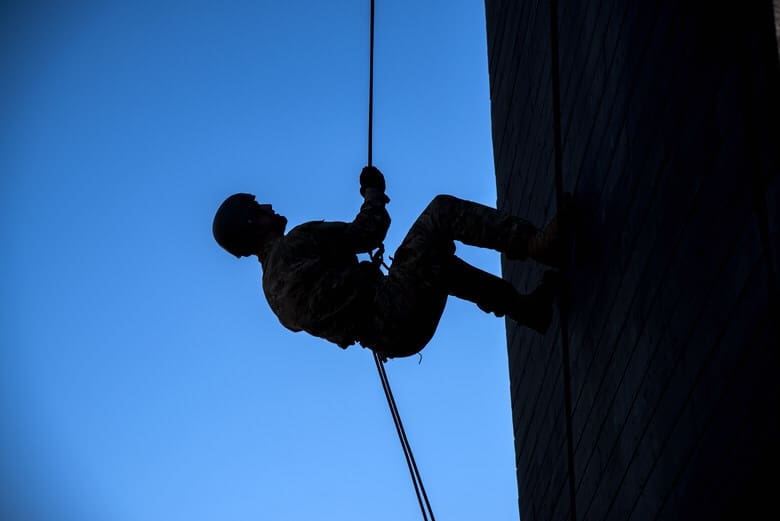
While still having to pass all proficiency tests, Airmen were required to perform constant remedial physical training throughout the duration of the assessment to test their physical and mental resiliency.
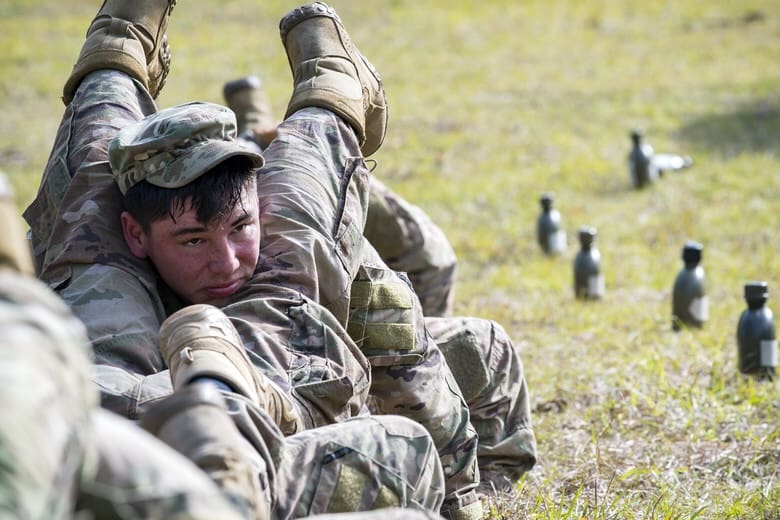
“The biggest thing I needed, to get through (the assessment), was a strong drive and motivation,” said Lewis. “Being self-aware and keeping my mental composure through very intense situations was key.”
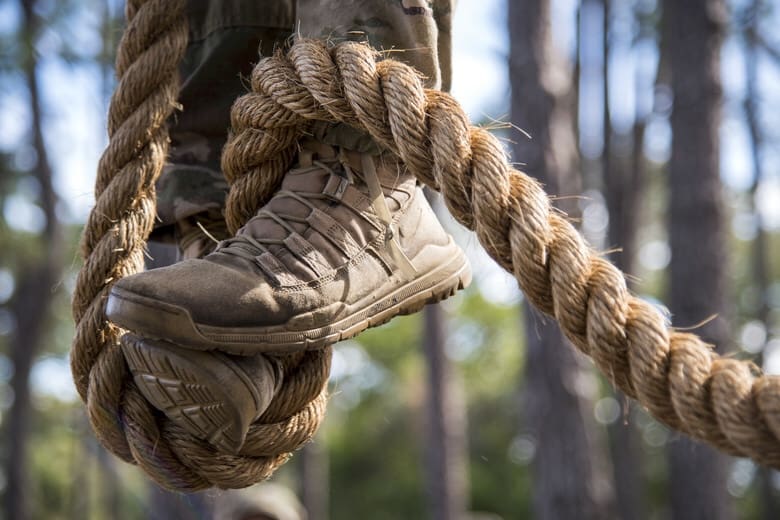
Cadres already know the physical and mental demands it takes to complete AAS, so during AAA they implemented strenuous measures to help simulate what an Airman should expect at Fort Campbell.
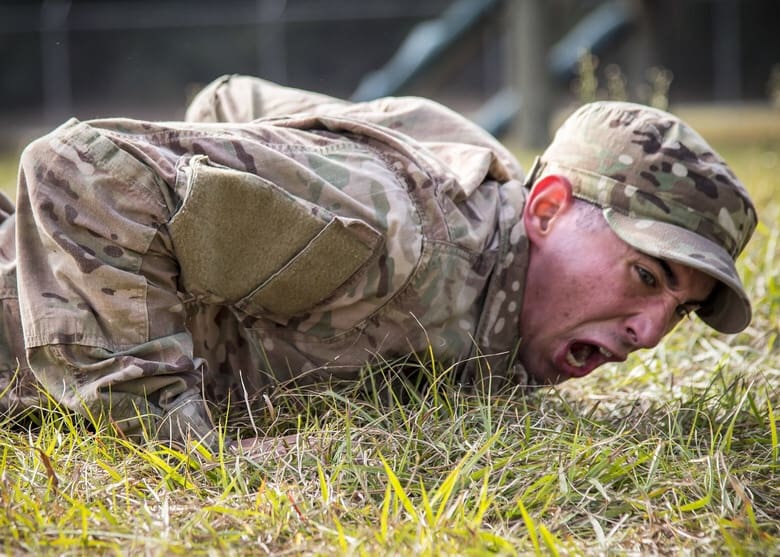
“We intentionally try to make the assessment more rigorous than the school to better prepare our Airmen for success when they arrive there,” said Staff Sgt. Ulysses Ortiz, 820th Combat Operations Squadron unit trainer and lead cadre team member. “We have very few slots at the schoolhouse, so we only want our most deserving Airmen to go.”
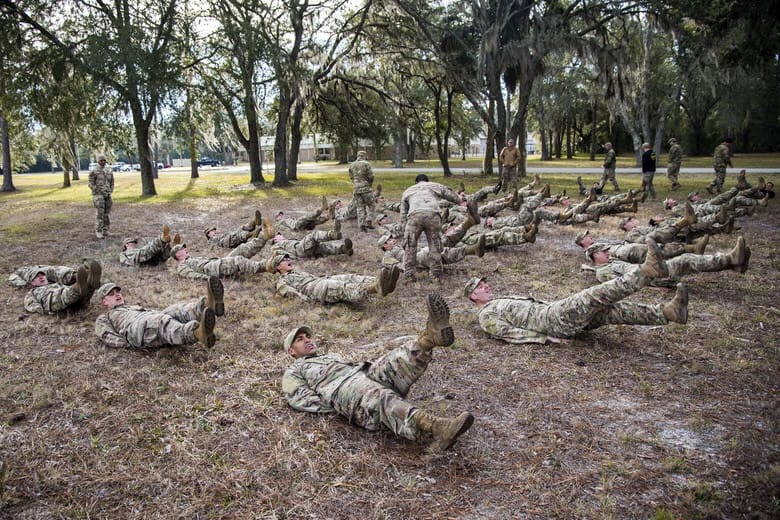
Of the 37 Airmen that started the assessment, approximately 10 were deemed qualified for AAS.
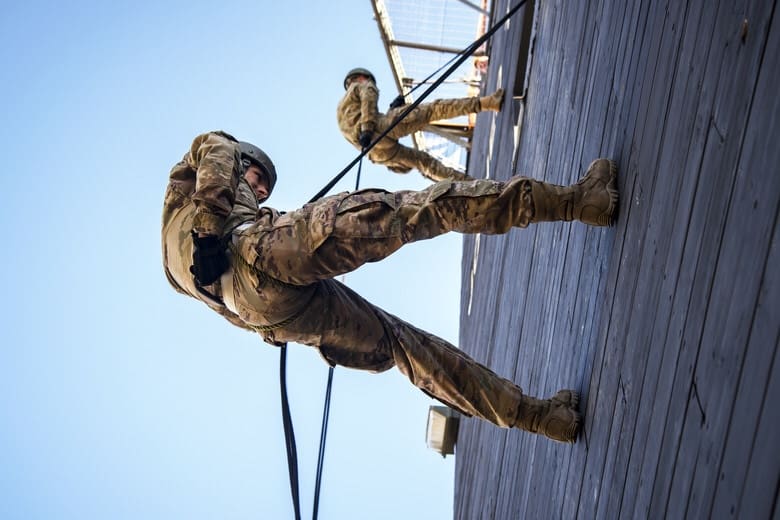
Upon completing the assessment, Tech. Sgt. Christopher Zavala, 822d BDS squad leader, explained what it took to finish the assessment and how attending Army Air Assault School will benefit not only himself but other Airmen’s careers in the future.
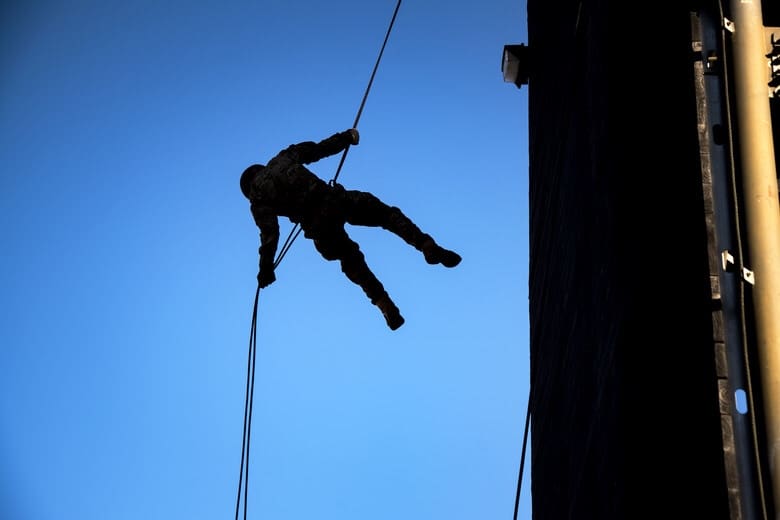
“The biggest thing it took for me to push through the AAA was just channeling that inner drive that motivated me to train so hard for it in the first place,” said Zavala. “I wanted to lead by example and Air Assault will add more tools to my toolbox, which gives me the ability to explain and elaborate those things to my Airmen coming in from [technical] school to help them succeed.”
By A1C Eugene Oliver, 23d Wing Public Affairs


